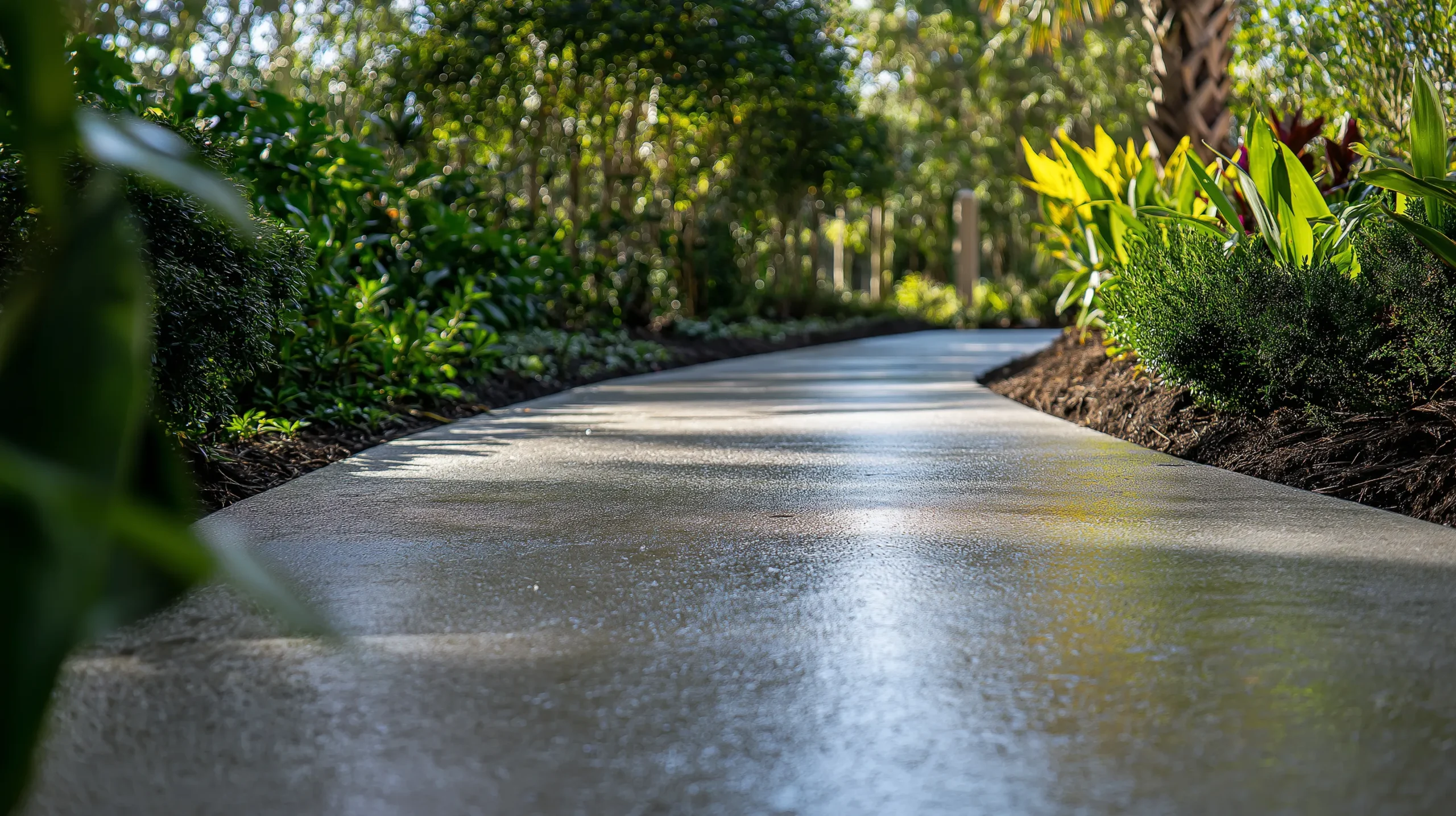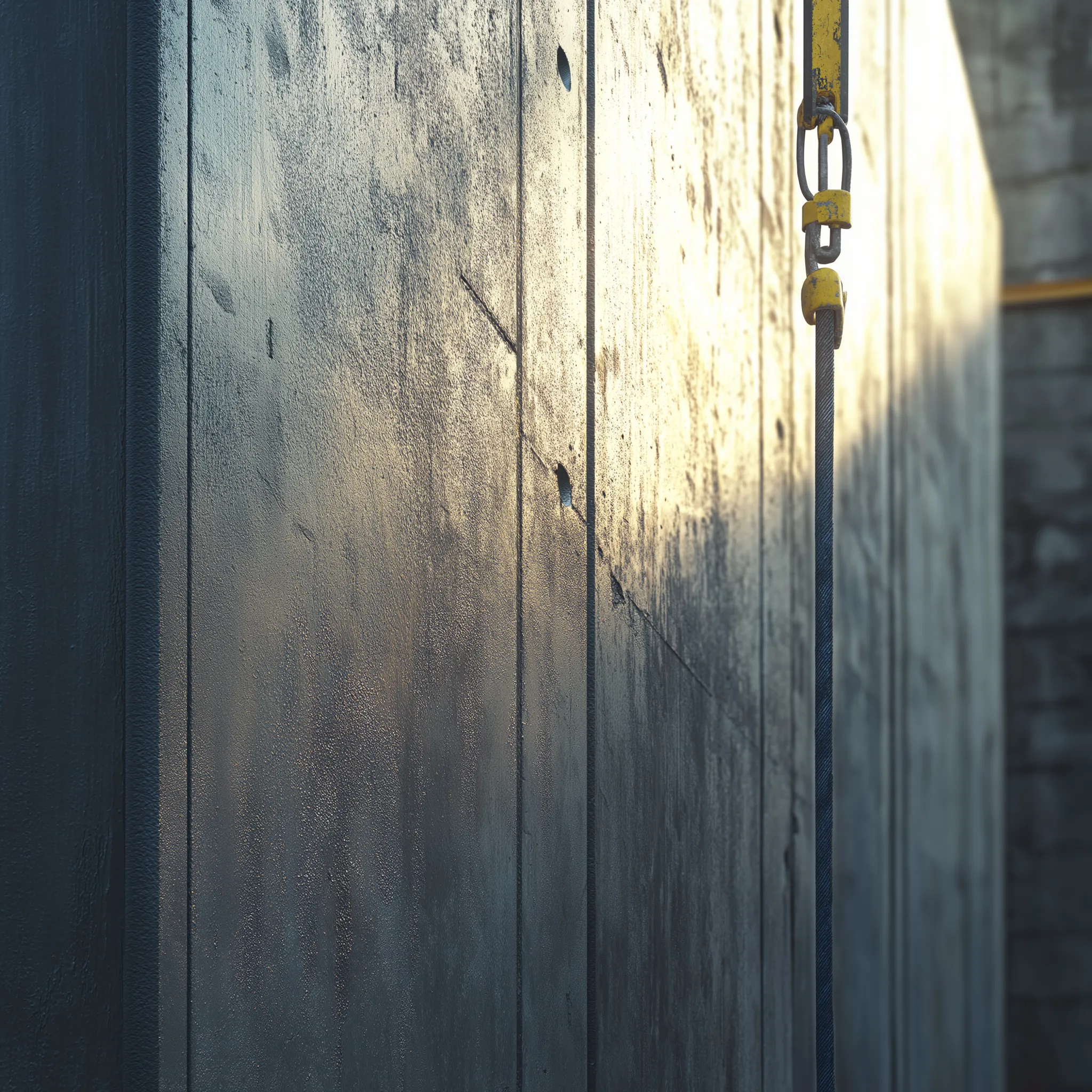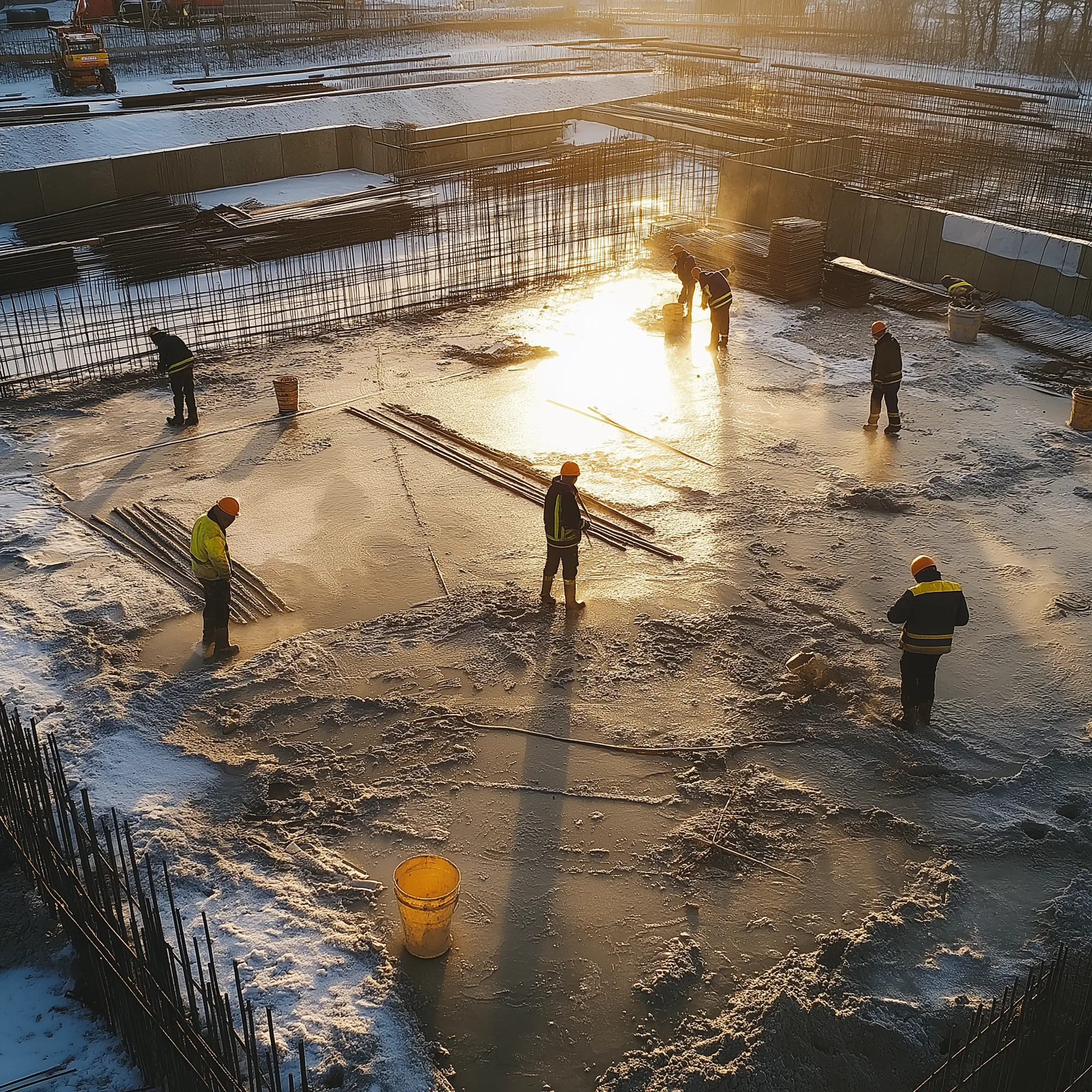The Essentials of Mix Design
The foundation of a successful Versa Etch application lies in the mix design. It’s not just about what you see on the surface; it’s about what’s underneath too. Whether you’re aiming for a light or more pronounced aggregate exposure, it’s crucial to communicate with your ready mix provider. The right blend of sand or stone makes all the difference in achieving that perfect finish.
Weather, Timing, and Why They Matter
Working with Versa Etch is a bit like baking a delicate soufflé – timing and environmental conditions are key. The product’s reaction to weather can significantly affect the outcome. In warmer climates, you might find yourself washing off the surface retarder on the same day of application. On cooler days, patience is your friend, as the process could extend up to 30 hours. Keeping an eye on the thermometer and the clock ensures that your concrete doesn’t end up too hard or inconsistent.
The Art of Mock-Ups
Before diving into a major project, it’s wise to dip your toes in the water. Creating mock-ups is like sketching out a blueprint – it gives you a tangible idea of what to expect. By experimenting with different etch levels using the same concrete mix as your main project, you can fine-tune your approach, ensuring the final product is nothing short of perfection.
Depth Levels and Customization
Versa Etch isn’t a one-size-fits-all solution; it offers a spectrum of possibilities. With seven depth levels available, you can tailor the finish to your project’s specific needs. Whether you’re working with landscape architects who know their etch levels by number or catering to a client’s unique vision, Versa Etch provides the flexibility to achieve the desired depth and texture.
Navigating Through the Rain
Rain can be a friend or foe in the Versa Etch process. A light shower after the product has set? No problem. But rain during the curing phase can wash away your hard work. It’s essential to plan around the weather, ensuring that your efforts aren’t literally diluted.
Curing: The Waiting Game
The curing process with Versa Etch follows the industry’s golden rule: 28 days. This period is crucial for the concrete to achieve its full strength and durability, so patience is paramount. The introduction of Versa Etch as a retarder doesn’t shorten this waiting time; it’s all about allowing the concrete to reach its potential.
Maintenance and Protection: The Final Step
Once your concrete is cured and looking fabulous, it’s time to think about protection. Choosing the right sealer – be it penetrating for a natural look or a topical seal for a bit of shine – depends on your project’s location, exposure to elements, and maintenance preferences. Remember, the right sealer not only enhances the appearance but also extends the life of your concrete.
A Note on Safety and Cleanliness
As with any construction product, safety and cleanliness are paramount. Ensure to protect surrounding areas from any overspray and manage the wash-down residue responsibly. Versa Etch is not a fit for vertical surfaces, and it’s crucial to prevent it from freezing.
Application Steps
- Prepare the Surface: After the final finish of the concrete and once the bleed water has disappeared, the surface is ready for Versa Etch application.
- Apply Versa Etch: Use a plastic sprayer to evenly apply Versa Etch over the entire area. Ensure thorough coverage at a rate of approximately 200-300 square feet per gallon.
- Allow Time for the Process: Versa Etch will create a paste on the surface, slowing down the set time of the surface layer while the concrete underneath sets normally. This process typically takes 6 to 24 hours, depending on temperature and other conditions.
- Remove the Top Layer: After the set time, flush off the retarded concrete with a garden hose and stiff broom or a pressure washer. Be cautious with the pressure washer force to avoid excessive force.
- Final Touches: Once the top layer is washed off, revealing the desired exposed finish, allow the concrete to dry. Then, apply a sealer such as SpecChem Crystal Shine, Deco Shine, or Aqua Shine to protect and enhance the natural beauty of the exposed aggregate.
Remember, a test panel with the same mix design and conditions is recommended to determine the proper timing and procedures for a successful application.
Expert Tips for Application
When applying Versa Etch, even distribution is key. A thorough mix before use ensures consistency, and a uniform application guarantees an even finish. It’s also reassuring to know that Versa Etch dries quickly, offering protection against light rain within hours.
In conclusion, Versa Etch is more than just a product; it’s a tool that, when used with knowledge and care, can elevate the aesthetic and functionality of concrete surfaces. By understanding and respecting its nuances, you can achieve finishes that are both beautiful and practical, perfectly embodying the modern evolution of exposed aggregate. The entire SpecChem team is here to support you every step of the way, ensuring that your project not only meets but exceeds expectations.





